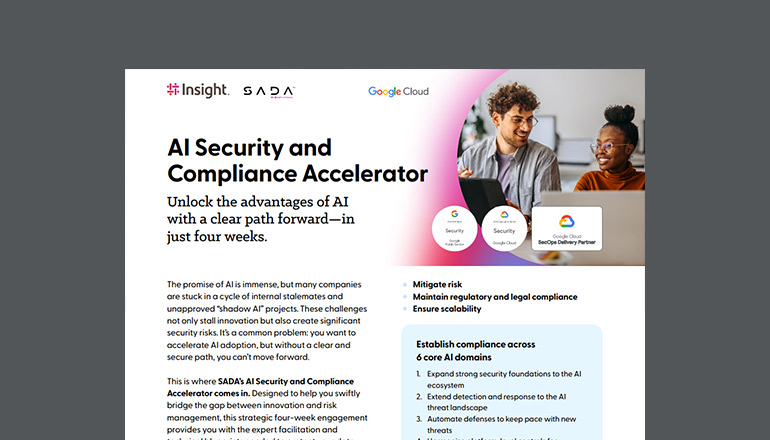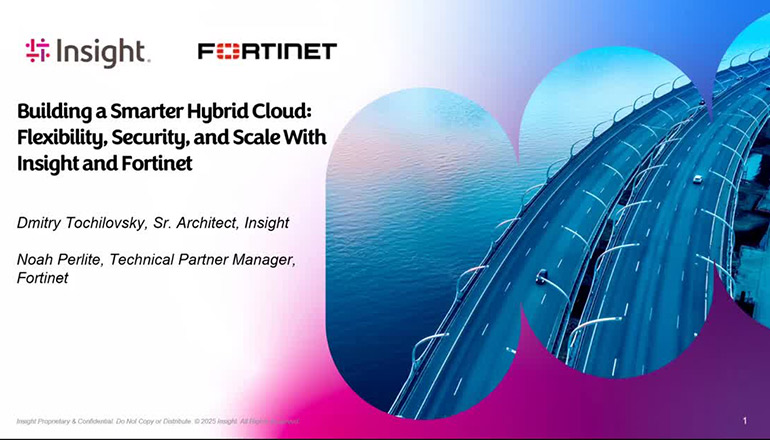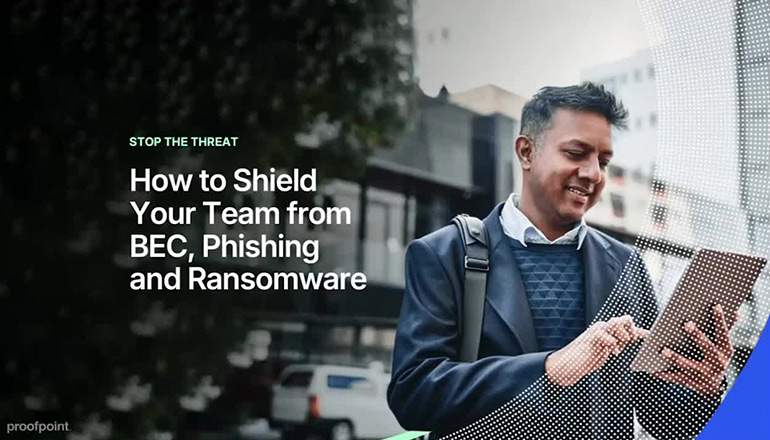Glossary What is Zero Trust Security?
By / 2 Jan 2023 / Topics: Cybersecurity Networking
Zero Trust is a cybersecurity model that assumes all users, both inside and outside the network, are a threat until they are authenticated. A Zero Trust approach follows the notion “never trust, always verify,” meaning no device is trusted by default, and all users must be verified before receiving network access. The Zero Trust approach contrasts a “verify, then trust” approach, which assumes users already inside the network are not a threat.
The Zero Trust model gained popularity as hybrid workplaces grew — when employers adopted advanced security measures to accommodate a dispersed workforce. More businesses are considering Zero Trust to manage an increasingly hybrid work environment and ensure security from anywhere, on any device.
Benefits of the Zero Trust framework
Zero Trust is not obtained through a product or solution. It is a framework for securing an environment and should be considered a strategic approach to reducing risk to enable the business to operate securely.
Operations
One of the key issues with a traditional approach to security is complexity. Zero Trust can provide IT and security teams with control and visibility over users, devices, access level and ongoing activity. When understood and implemented correctly, Zero Trust can reduce complexity and resource fatigue — two main factors in risk to operations.
Finance
Adopting a Zero Trust approach can seem daunting initially due to perceptions around the cost to rearchitect and design. However, organizations can see the long-term benefits clearly through the reduction of point solutions, centralized security policy management and the use of behavioral analytics to assist in the constant evaluation of user and device risk to the business. Zero Trust provides a focused security solution environment and reduced resource activity to manage the constant barrage of alerts and potential incidents that security professionals deal with daily.
Technology
One of the most important aspects of a well-architected Zero Trust framework is a simple, centralized policy management. The more complex an environment is, the more likely something is missed — thus introducing risk. Technology that supports Zero Trust should integrate well with other technologies, support Machine Learning (ML) and user behavior analytics, offer continuous activity monitoring and allow for automated remediation measures.




